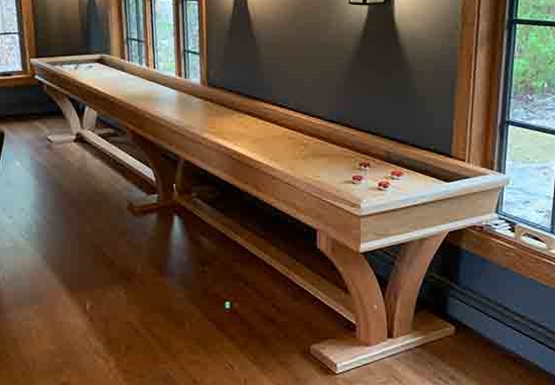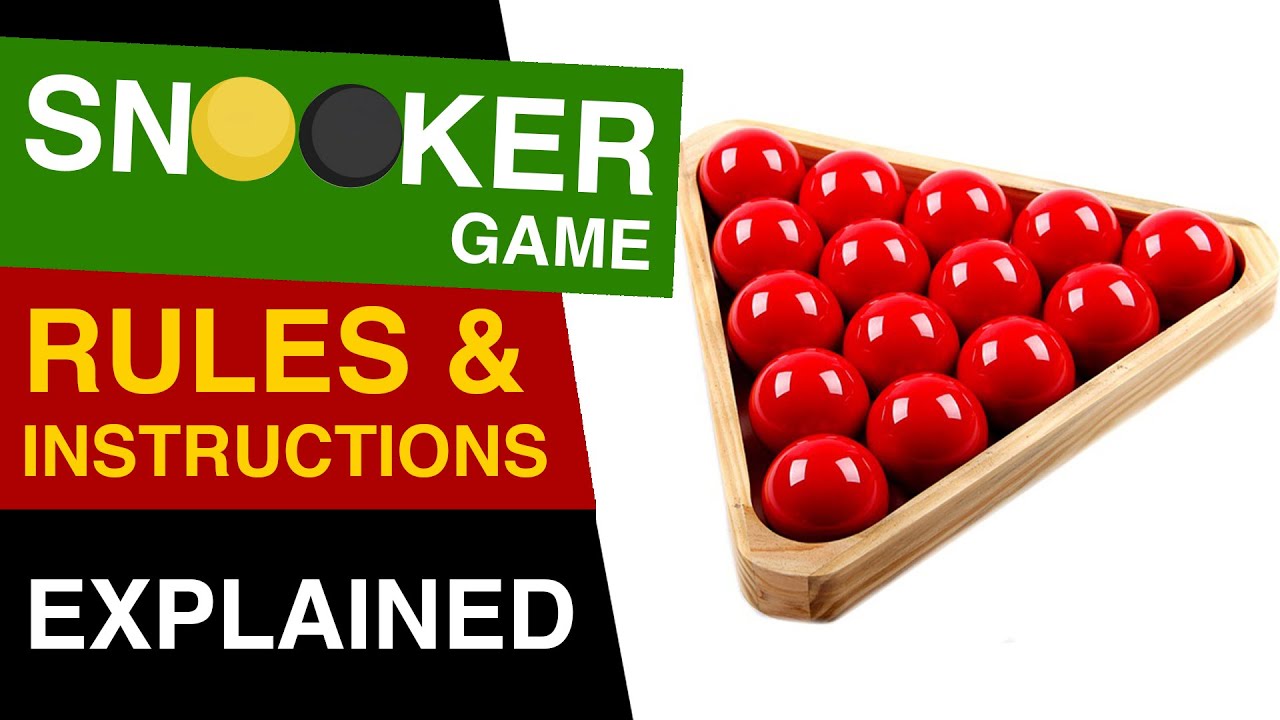
The game of pool is similar to croquet in many ways, but has its own unique equipment. Similar cue sticks are made from wood. These are used to hit a ball with the cue. However, the cue for pool is more curved than it is for billiard.
Carambola Pool vs. Billiards
Carambola is a form of pool that looks a lot like carambola, but it has important differences. Carambola can be played as an offensive game. However, pool requires good defense. It is played on a table equipped with cushions, cue sticks, and three balls.
Billiards can be played in many ways. The game originated in the 15th century as a lawn game. The Union Mondiale de Billard, which governs the game, considers it a competitive sport. This governing body is comprised of several smaller organizations like the World Pool-Billiard Association (Union Mondiale de Billard), the Asian Pocket Billiard Union and the Billiard Congress of America.

Eight-ball pool
Eight-ball pool is a variant of billiards and is a sport for two players. It can be played alone or with a team of two. Each player has to use a triangular rack, and place fifteen objects balls on it. These balls must be in stripes (or solids) and the eight should be in middle.
Eight-ball pool is the most common variant of billiards. Other names for the game include stripes and solids and pocket billiards. Eight-ball pool, regardless of its name, has the same goal: to hit every ball with a cueball. However, the rules and game mechanics are different. The international bodies that govern the eight-ball games include the World Pool Billiard Association (WPB), the European Blackball Association (EBA) and the World Eightball Pool Federation (W8BPF).
Pocket billiards and pool
The two table games pocket billiards and pool are often confused with each other. While they may be similar, the games can differ in many ways. The main difference is in the size of the tables. The tables of pocket billiards are often larger than the tables on pool tables. Billiard balls are typically larger than pool balls. Additionally, billiards cues can be thicker or shorter.
Pocket billiards began as a game in pub backrooms. Players could gamble on the outcome. It was made popular enough to be allowed in public parlors by the end of the 19th-century. Michael Phelan wrote the first book on the subject in 1850. His articles and books helped fuel the popularity of the game. While the game has experienced many changes over the years, it has remained a popular game for serious gamers.

Pool cues vs. Billiards
Billiards is a very popular sport that involves the use of a cue stick. The green felt table is set up so that players can hit white cue balls using the stick. The aim of the players is to hit the balls into pockets. The cues used in billiards and pool have the same basic characteristics.
The upper part of a billiard cue is called the shaft. The shaft plays a major role in determining the cue's playability and quality. The majority of cues made from wood are common, though some cues made from plastic and other materials are also available. The quality of the shaft and its playing characteristics are determined by the type of wood it is made from.